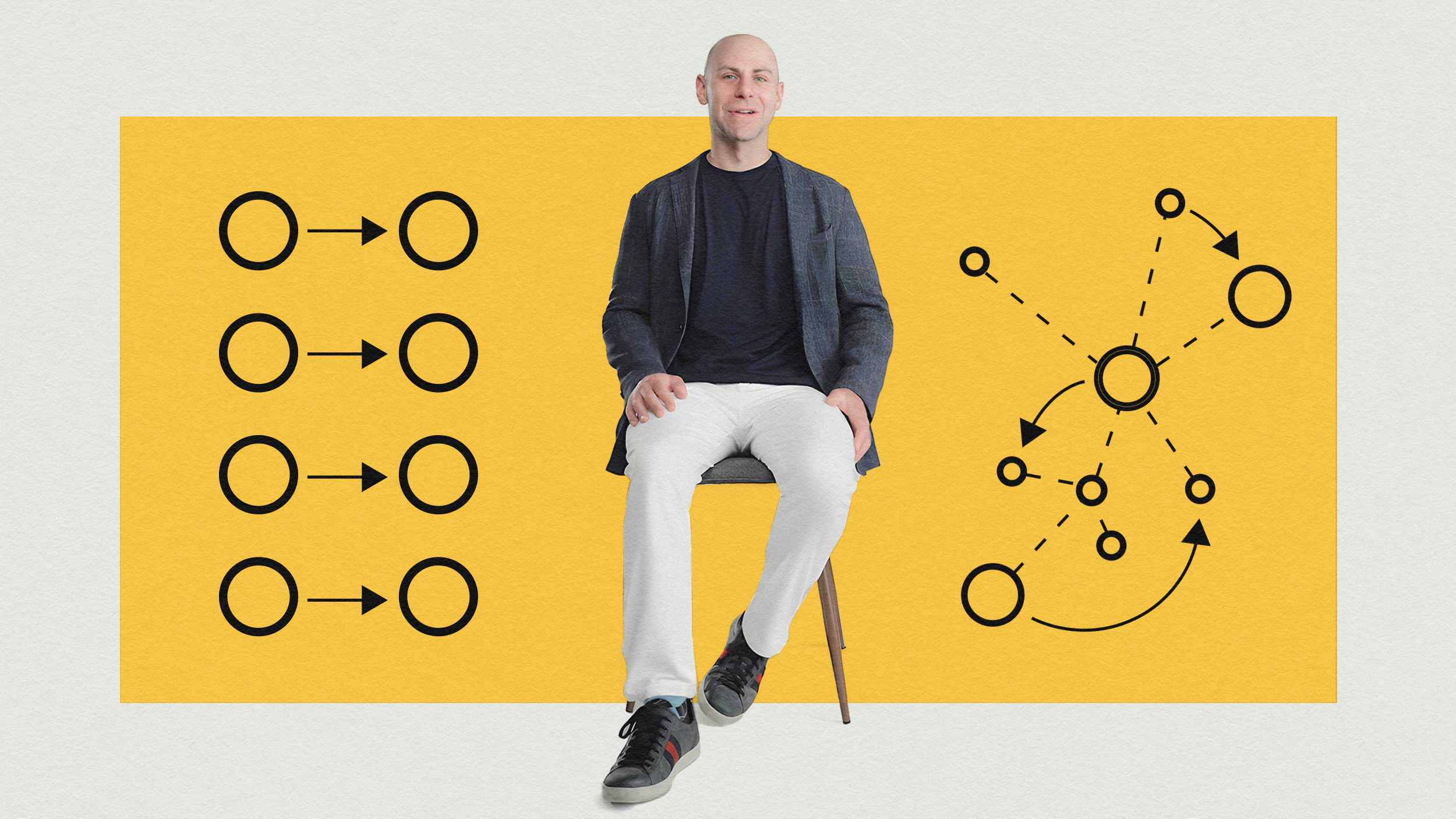Cue the Future
In the interest of helping people understand me more effectively, I’ve changed the name of this blog to “Cue the Future,” which more aptly communicates what guides most of my efforts.
n
In my life, I’m focused on figuring out how innovation will improve our lives, and how we as a society can get there quickly and safely. I strive to be one of those innovators, as described by this O’Reilly quote:
n
So often, signs of the future are all around us, but it isn’t until much later that most of the world realizes their significance. Meanwhile, the innovators who are busy inventing that future live in a world of their own. They see and act on premises not yet apparent to others.
n
This name change has come on the heels of a lot of thought, including input from several friends, Steve Jobs and Mark Suster. Read more about that process after the jump.
n
Steve Jobs is a masterful marketer. Recently, I discovered a video of Jobs introducing the Think Different Campaign from a friends blog, and was blown away with the way he boiled down complex realities into very simple concepts. I was particularly impressed with the following statement:
n
“To me, marketing is about values. It’s a very complicated world, a very noisy world. We’re not going to get a chance to get people to remember much about us, no company is. So we have to be really clear about what we want them to know about us.”
n
That key insight is important, if you want to make it easy for people to “understand” you, you need to give them a very clear description of what you’re doing. You can expand upon this as you get into conversation, but you need to have a clear description to share with someone that is broad enough to encompass most of your actions, yet specific enough to retain clear meaning for the recipient.
n
Mark Suster has a great post on the need to refine and nail your professional elevator pitch, where he wrote:
n
[Life] is filled with 20 second opportunities. Some get converted into 5 minute opportunities or into a lifetime. Most are squandered.
n
I’ve been thinking about this in the context of personal description for the past few months. As a young person with an interesting and stimulating career, a public life, a side project, and a growing cadre of personal interests, I’ve been having trouble describing myself in a way that honestly helps people understand me after 5 minutes spent researching me on my website — much less within 10 seconds of meeting me.
n
I seek to understand the future and how it will change the things that are important in my life. This driving force has led to a love affair with Technology (a driving force of change), a calling related to innovative marketing (which is at the front-lines of redefining the consumer experience and the mechanics of capitalism), and a philanthropic interest in long-term, systemic change. I’m not sure where else it will take me, but I am sure I’ll be along for the ride for awhile.
n
I don’t plan on changing the type of content posted here much, but I hope anchoring around my fascination with the future will help provide proper context to otherwise seemingly random thoughts.
n
If you notice any oddities in this site, please let me know, but all pages and links should automatically redirect to the new site and all old posts should be up and functioning. Thanks to Ben Casnocha, Jascha Kaykas-Wolff, and Wayne Willis for discussions on this subject.
n




